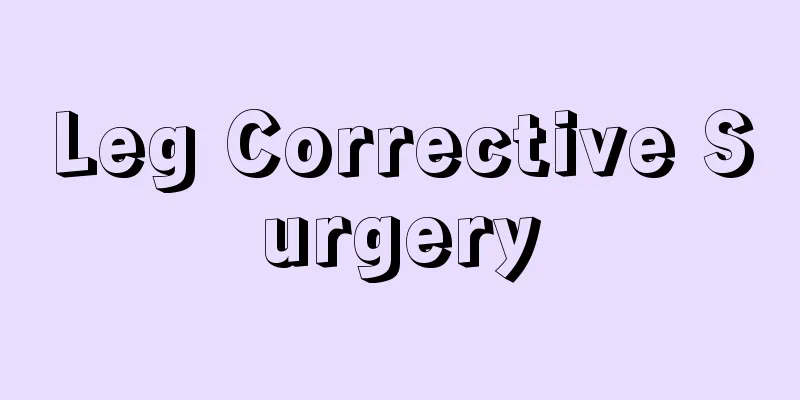Leg Corrective Surgery

|
I believe many people have heard of leg correction surgery. It is mainly to correct symptoms such as knee pain and bow legs. However, you need to pay more attention to rest after leg correction. Because of changes in the bones of the legs, it is not suitable to engage in strenuous exercise. In addition, insufficient blood supply and varicose veins may occur after the operation. Let us now learn about the postoperative care of leg correction surgery. Indications for surgery ① Knee pain and instability, which obviously affects work and life; ② Standing X-ray shows that the joint lesions are confined to one interval; ③ Ability to use crutches for rehabilitation; ④ Good vascular condition, without severe blood supply insufficiency or varicose veins of the great saphenous vein. Contraindications to surgery ① Narrowing of the lateral joint space; ② Lateral tibial subluxation greater than 1 cm; ③ Medial tibial subchondral bone defect greater than 2 mm; ④ Flexion deformity greater than 15° (lower limb skin traction is required to correct to less than 15° before surgery); ⑤ Knee flexion and extension range less than 90°; ⑥ Tibiofemoral angle needs to be corrected by more than 20°. Postoperative care After the operation, the long leg is fixed with a plaster splint and negative pressure drainage is performed for 24 to 48 hours. Practice quadriceps contraction after 24 hours, remove stitches after 2 weeks, replace long-leg cast, take X-rays, and adjust the correction angle if necessary. After 6 weeks, remove the plaster and practice knee joint function. Genu varum is treated with high tibial osteotomy and tibial tuberosity rotation and elevation, which has little trauma, few complications and good results. It is an effective method to improve the quality of life of middle-aged and elderly people. 1. Surgical correction method for bow legs: external fixator plus inverted U-shaped osteotomy of the tibial tuberosity. The main advantages of this method are: osteotomy is simple and safe, bone healing is fast, and delayed healing is not likely to occur. The use of an external fixator makes it easy to control the angle of plastic surgery correction, which can make the bone healing angle accurate and easy to adjust. Patients can move around during the treatment and their lower limb muscles will not atrophy. 2. Surgical correction method for bow legs: inverted U-shaped osteotomy of tibial tuberosity, followed by tubular plaster external fixation after surgery. According to statistics, the complete correction rate of O-leg deformity can reach more than 70%. After reading the introduction above, everyone should have a better understanding of what to pay attention to during O-leg correction surgery. In this case, surgery can be performed, but you must pay close attention to certain aspects after the surgery, including diet and behavior, so as to ensure a better life and better recovery. |
Recommend
What does unilateral lobectomy for thyroid cancer mean
Unilateral lobectomy for thyroid cancer usually r...
What to do if there is no nose tip
Love of beauty is human nature. For a person, it ...
Heterochromia, two common causes
Heterochromia indicates that there is an abnormal...
What are the early symptoms of small cell lung cancer
We all know that small cell lung cancer is one of...
How do dietary habits cause lung cancer? Be alert to the three major dietary risk factors for lung cancer
We cannot be soft-hearted about the existence of ...
The harm of alcohol in plastic bottles to people
When storing wine, it is best not to choose plast...
Lung cancer in the late stage cannot be operated on, should I take icotinib for targeted therapy?
Patients with advanced lung cancer who cannot und...
Which is better for a hot or cold shower
Bathing is one of the basic elements of personal ...
Where is the thyroid gland?
The structure of the human body is very complex, ...
Do I need to fast for a chest X-ray?
Judging from the results of clinical examinations...
The harm of dental veneers_The disadvantages and harms of dental veneers
Eyes are the windows to the soul. When people see...
Does the glue used to paste wall coverings contain formaldehyde?
If you are pasting wall cloth in your home, you w...
What's wrong with itching on both sides of the thigh root
The skin is the organ that is most easily exposed...
What causes a bitter mouth?
In our lives, we have to do a lot of things every...
What are the best ways to treat gray hair?
Gray hair is very familiar to many people. Genera...









